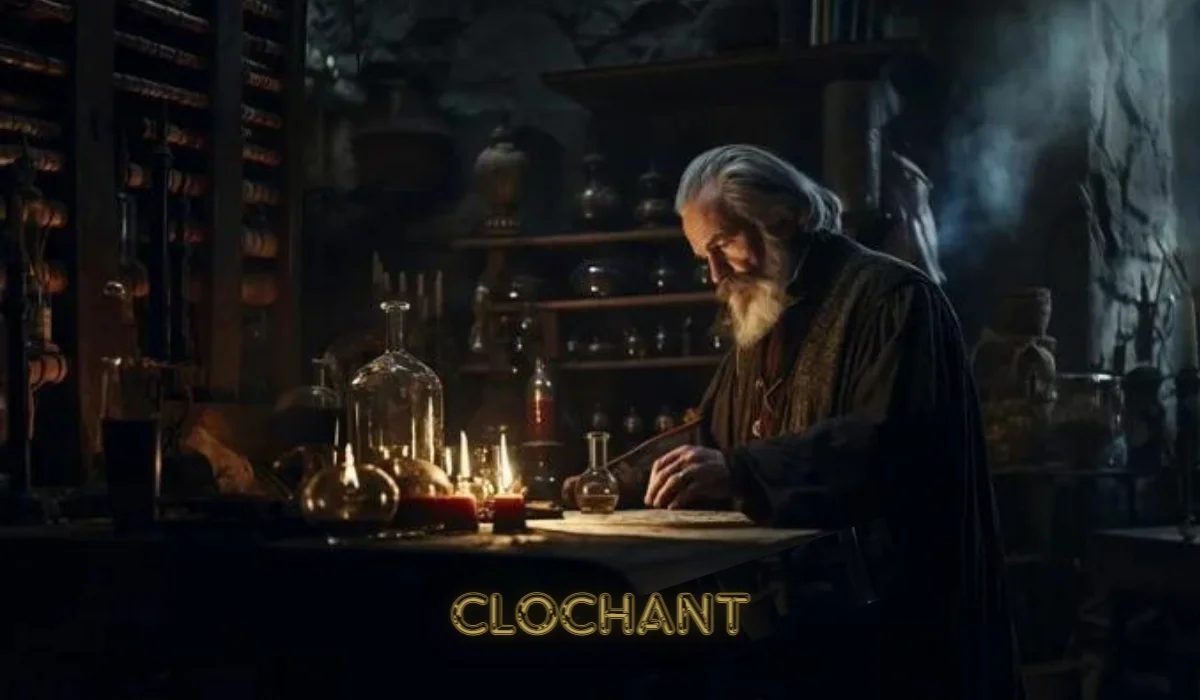Clochant is a term that evokes a rich tapestry of historical and cultural significance, spanning various regions and epochs. The term, often associated with a unique blend of traditions and historical narratives, holds particular resonance in several contexts. This article delves into the multifaceted nature of Clochant, exploring its historical roots, cultural implications, and enduring legacy.
Historical Roots
The origins of Clochant can be traced back to medieval Europe, where it was initially used to denote a specific type of ceremonial garment or artifact. In some historical accounts, Clochant refers to an ornate cloak worn by nobility or clergy during important religious or state ceremonies. These cloaks were typically adorned with intricate embroidery and precious stones, symbolizing the wearer’s high status and wealth.
In other contexts, Clochant has been linked to ancient civilizations, where it might have denoted a particular style of ceremonial attire or a symbolic object used in rites and rituals. The term’s application varied widely, reflecting the diverse cultures and traditions that embraced it.
Cultural Implications
Clochant’s cultural significance extends beyond its historical roots. In various societies, the term has come to symbolize prestige, tradition, and continuity. For instance, in some European regions, Clochant is associated with annual festivals or parades where participants don traditional garments that echo the ancient cloaks. These events serve as a living homage to the past, celebrating historical traditions and fostering a sense of communal identity.
In other cultures, Clochant has been adopted into folklore and popular culture, often depicted in literature, art, and media. Its portrayal as a symbol of nobility or mystery has inspired countless creative works, from historical novels to fantasy films. This cultural adaptability underscores Clochant’s enduring appeal and its ability to resonate with contemporary audiences.
Enduring Legacy
The legacy of Clochant is evident in its continued relevance in both historical scholarship and modern cultural practices. Historical research often highlights the significance of Clochant in understanding the social hierarchies and ceremonial practices of past societies. Archaeological discoveries of Clochant-related artifacts provide valuable insights into the material culture and artistic achievements of earlier civilizations.
In the realm of popular culture, Clochant’s influence can be seen in various forms, from costume design in period dramas to thematic elements in fantasy literature. Its representation often evokes a sense of grandeur and historical depth, enriching the narratives and aesthetics of contemporary media.
Conclusion
Clochant, with its rich historical and cultural connotations, serves as a fascinating example of how traditional symbols and artifacts continue to shape and enrich our understanding of the past. Whether through its historical significance, cultural symbolism, or enduring legacy, Clochant remains a powerful testament to the interplay between history and culture. As we explore its multifaceted nature, we gain deeper insights into the ways in which historical traditions continue to influence and inspire the present.
Frequently Asked Questions (FAQs) on Clochant
1. What is Clochant?
Clochant refers to a ceremonial garment or artifact with historical and cultural significance. It is often associated with medieval European nobility or clergy, symbolizing prestige and status. The term may also denote ceremonial attire or symbolic objects used in ancient rituals.
2. What are the historical origins of Clochant?
The historical origins of Clochant can be traced back to medieval Europe, where it was used to describe ornate cloaks worn by high-status individuals during religious or state ceremonies. In some contexts, it may also refer to ceremonial attire from ancient civilizations.
3. How has Clochant influenced cultural practices?
Clochant has influenced cultural practices by becoming a symbol of tradition and prestige. In some European regions, it is celebrated during annual festivals or parades where participants wear traditional garments reminiscent of ancient cloaks. Additionally, Clochant has inspired various forms of popular culture, including literature, art, and media.
4. What is the significance of Clochant in modern times?
In modern times, Clochant continues to hold significance as a symbol of historical and cultural heritage. It appears in historical research, providing insights into past societies’ social hierarchies and ceremonial practices. Additionally, Clochant’s representation in popular culture contributes to its enduring appeal and relevance.
5. Are there any notable artifacts related to Clochant?
Yes, notable artifacts related to Clochant include ancient ceremonial cloaks and garments adorned with intricate embroidery and precious stones. These artifacts are often found in historical and archaeological contexts and offer valuable insights into the material culture of past societies.
6. How is Clochant depicted in popular culture?
In popular culture, Clochant is often depicted as a symbol of nobility or mystery. It appears in period dramas, fantasy literature, and other media, contributing to its image as a grand and historically rich symbol. Its representation varies but typically emphasizes its association with tradition and ceremonial importance.
7. Where can I learn more about Clochant?
To learn more about Clochant, you can explore historical research, archaeological studies, and cultural analysis related to medieval and ancient ceremonial attire. Additionally, examining depictions in literature, art, and media can provide further insights into its modern cultural significance.
8. How does Clochant relate to other ceremonial garments or artifacts?
Clochant is related to other ceremonial garments and artifacts through its role in symbolizing status and tradition. Similar items, such as ceremonial robes or regalia from various cultures, share common themes of prestige and ritual significance. Clochant’s unique characteristics, such as its specific design and historical context, distinguish it from other ceremonial attire.
9. What role does Clochant play in historical scholarship?
In historical scholarship, Clochant plays a role in understanding social hierarchies, ceremonial practices, and material culture of past societies. Research on Clochant helps historians and archaeologists reconstruct the significance of ceremonial attire and artifacts, shedding light on the traditions and values of earlier civilizations.
10. Can Clochant be found in museums or historical collections?
Yes, Clochant-related artifacts, such as ceremonial cloaks and garments, can often be found in museums or historical collections. These items are typically part of exhibits on medieval or ancient history and provide tangible examples of the ceremonial and artistic practices associated with Clochant.

 Marketing7 months ago
Marketing7 months ago
 News1 month ago
News1 month ago
 News7 months ago
News7 months ago
 News1 month ago
News1 month ago
 CBD6 months ago
CBD6 months ago
 News7 months ago
News7 months ago
 THC8 months ago
THC8 months ago
 Marketing7 months ago
Marketing7 months ago



